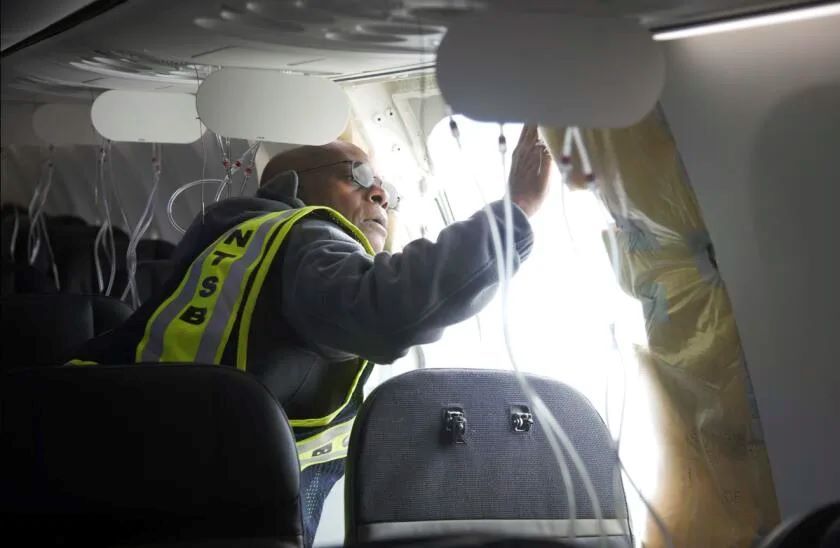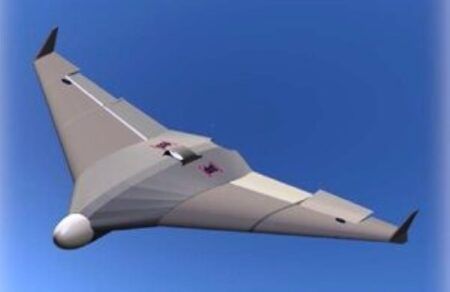Boeing’s CEO Dave Calhoun has admitted mistakes have been made by the company after a panel of a 737 Max 9’s fuselage broke away from the aircraft during an Alaska Airlines flight.
Speaking at a meeting at its Renton, Washington factory yesterday Calhoun publicly acknowledged the US aircraft manufacturer’s errors for the first time since the incident, while confirming its seriousness.
“This stuff matters. Every detail matters. This is a reminder of the seriousness with which we have to approach our work,” said Calhoun in a video excerpt of the meeting released by Boeing.
“We are going to approach this by acknowledging our mistakes and with 100% complete transparency. Moments like this shake our customers to the bone, just like it shook me to the bone. They will have confidence in us again, but we are going to have to work with them to ensure they understand that every aircraft that has the Boeing name on it in the sky is safe.”
Minutes after Alaska Airlines flight 1282 took off from Portland International Airport, Oregon on Friday January 5 a window and chunk of fuselage tore away from the aircraft. The blowout, which occurred at 16,000ft luckily only resulted in minor injuries for passengers, with the 737 Max 9 safely returning to the airport.
The affected panel was a door plug for an emergency exit. Experts from the US National Transportation Safety Board (NTSB) are investigating and have said that bolts that secure the panel were either missing or fractured, allowing the panel to break away.

Operators have been carrying out inspections of 737 Max 9 aircraft mandated by the FAA since the incident. The two US carriers that use the 737 Max 9, Alaska Airlines and United Airlines have grounded more than 170 aircraft. Inspections have found loose parts on similar aircraft.
Earlier this week the FAA said that it “will conduct a thorough review” before the 737 Max 9 returns to service. The incident is also being investigated as a quality control issue by Boeing and fueselage-supplier Spirit Aerosystems, with orders for checks sent to factories in the supply chain, sources report.
The Alaska Airlines incident places pressure on Boeing and its 737 Max family of aircraft again, almost five years after the 737 Max safety crisis caused by tragic crashes in Indonesia and Ethiopia that were caused by faulty sensors within the aircraft’s Maneuvering Characteristics Augmentation System (MCAS).





